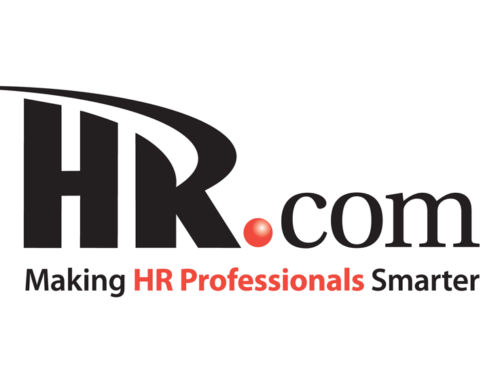Roughly one third of the private sector is made up of mid-sized businesses, which are defined as businesses with between 50 and 999 employees. Many mid-sized businesses are more concerned about the difficulties and challenges in today’s economic world than larger sized companies. Below are the top three concerns of mid-sized business owners and guidance on how to address them
Concern #1: Government Overregulation
There is a mounting concern with the increase in government regulations, such as the Affordable Care Act, which have passed in recent years. With new legislative rules being enacted every year, many mid-sized companies fear facing heavy fines and penalties because of unintended non-compliance. Mid-sized companies are particularly affected because they are often required to allocate staff and resources to address compliance and administrative needs. This can be costly, requires time, can affect the company’s ability to focus on workplace goals, and affects productivity. Many experts recommend that employers avoid overconfidence in their compliance status and avoid using internal resources. Instead, this is one area in which companies should consider outsourcing compliance issues to an agency which specializes in that particular area.
Concern #2: Rising Health Care costs
While concern over government overregulation is paramount, concern over rising health care costs (in part due to the Affordable Care Act) still remains a major issue for mid-sized company employers. In recent years, healthcare costs have increased around 40%. The cost increase has resulted in financial concern for mid-sized companies that are experiencing difficulty in funding employee benefits. In order to meet such challenges, it is important that HR staff are aware of how to construct an attractive benefits package that includes health care, while at the same time keeping costs down. Possible solutions to this problem include negotiation. Many companies are unaware that they can negotiate healthcare costs with the insurance companies when their contracts are up for renewal. For companies with 50 or fewer employees, using Small Business Health options or SHOP exchanges, allow employers to shop around for affordable plans and even determine if they can qualify for tax credits. Other options include: switching employees to individual plans or exploring direct primary care options in which physicians partner directly with employers using a fixed-monthly membership model.
Concern #3: Slow Economic Growth
Over 50% of employers agree there have been improvements in the rate of economic growth over the past few years, but less than 20% anticipate that this growth will continue. Many experts believe this is due to the increased globalization and competition affecting over 50% of midsized businesses. Fortunately, many employers have found benefit in using Human Capital Management processes to help manage costs. Proactive employee engagement strategies also promote employee motivation and retention, ultimately reducing costs associated with advertising and recruitment. Examples of the most common employee engagement strategies include attractive benefit packages, team building, addressing workplace culture, and supporting employee career development within the organization. These strategies often require re-balancing of budget rather than large investments, but the impact on productivity and in turn competitiveness in the industry can help mitigate the effects of a precarious economy.
